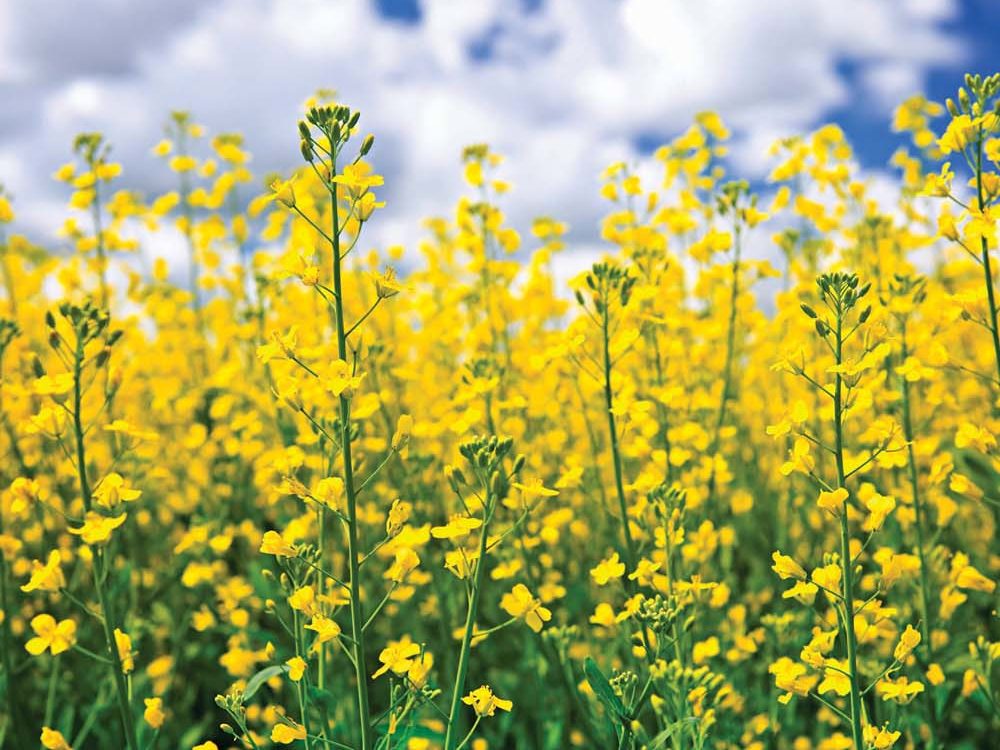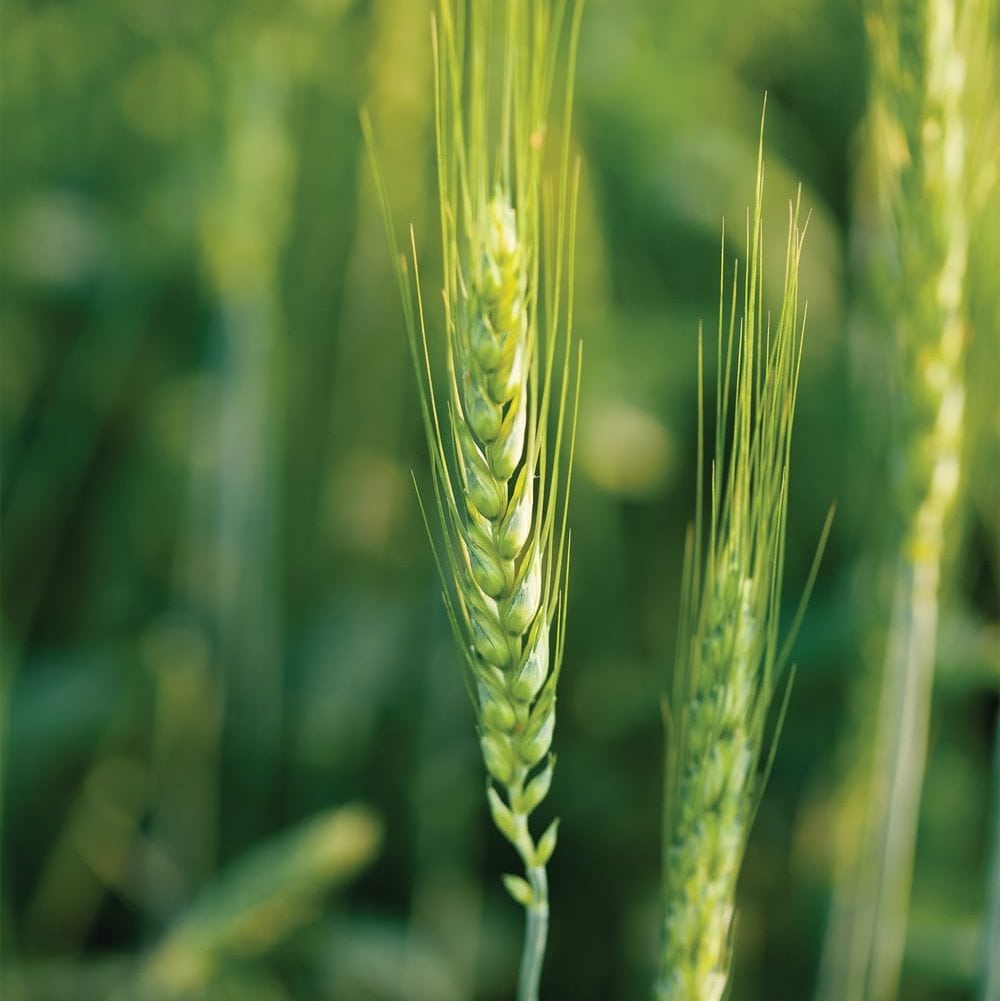Better regulations are needed to prevent contamination from genetically modified organisms (GMOs).
That’s what the Canadian Biotechnology Action Network (CBAN) and the SaskOrganics’ Organic Agriculture Protection Fund committee (OAPF) concludes in a report called GM Contamination in Canada: The failure to contain living modified organisms – incidents and impacts.
Why it matters: GMOs found where they shouldn’t be can have a big economic impact on farmers.
The report says before approving the release of GMOs federal regulators should assess the socio-economic impact of possible escapes, not release certain GM organisms in the first place, and deregister some already commercialized.
Read Also

Time to be honest about hemp, experts say
Years of hype have given way to a more realistic view of hemp. Farmers and processors say the crop’s future depends on solid agronomy, honesty.
Since 1996 when canola became the first GM crop released in Canada, GM canola, flax, wheat and pigs have been found where they shouldn’t be, hurting farmers financially.
“(T)he many cases of (GMO) escape described in this report show that the government needs to regulate segregation and containment measures for some GMOs and that the only way to prevent contamination from certain GMOs is to stop their release,” says the report, released March 26. “Some GMOs are too prone to escape and others have impacts that are too serious if escape occurs.”
The report lists all the GM escapes in Canada costing farmers millions of dollars.
“Farmers are the first to pay the price,” Marla Carlson of SaskOrganics said in a news release. “Our experience shows that GM contamination can cost farmers dearly. We encourage the federal government to take action to prevent GM contamination to protect farmers’ livelihoods and Canada’s economy.”
Because of GM escapes some farmers have temporarily or permanently lost export markets, suffered lower crop prices in the short or long term and lost access to non-GM canola and farm-saved canola seed.
The report says GM canola is so widespread in Canada organic farmers grow almost no canola. The only place they do are “a few isolated areas” where other farmers don’t grow GM canola.
GM flax contamination temporarily shut down export markets and prices remain low because Canada hasn’t regained higher-priced flax markets.
The discovery of a few GM wheat plants temporarily shut two export markets to Canadian wheat.
Now GM alfalfa, the first perennial GM crop in Canada, threatens all Canadian organic farms and puts alfalfa seed growers at risk because of potential GM contamination, the report says.
“The biology and use patterns of some crops, such as GM alfalfa, make their unwanted spread unavoidable,” the report says.
“GM alfalfa contamination has been found in the U.S. and U.S. government scientists have reported the wide dispersal of feral GM alfalfa.”
Just as non-GM and GM canola can’t coexist, neither can GM and non-GM alfalfa, CBAN co-ordinator Lucy Sharratt said in an interview March 26.
Alfalfa is an important crop to organic farmers because it fixes nitrogen, suppresses weeds and creates organic matter.
CBAN and OAPF want GM alfalfa, currently only grown in Eastern Canada due to farmer opposition in the West, deregistered to help prevent GM contamination.
CBAN and OAPF are also wary of releasing GM trees, insects and salmon, Sharratt said.
Trees produce pollen that can spread long distances making it almost impossible to stop GM tree genetics from spreading, she said.
“The report says the production of GM salmon might not raise a huge risk of escape (especially if produced on land), but we know the consequences if escape happens would be very serious (because they would breed with wild salmon),” she said.
Current Canadian regulations only assess the food and environmental safety of commercializing GMOs, Sharratt said.
“There’s an assumption (if GMOs are deemed safe) that it’s all beneficial or the market will sort it out,” she said. “But when it comes to contamination the market can’t sort that issue out.”
If a GMO is not approved by a country there is zero tolerance for its presence.
That’s why Canola Council of Canada members voluntarily agree not to commercialize canolas with new GM traits until Canada’s major canola customers approve them.
The report notes one way to prevent escaped GM traits from undermining markets and trade is for countries to approve their presence at low levels — a policy Canada is pushing. But the quid pro quo is allowing small amounts of GMOs from other countries to be present without Health Canada first approving it as safe for human consumption.
Sharratt disputed CBAN, a network of 16 organizations, including Green Peace, the National Farmers Union and No More GMOs, is anti-GM.
“I would say we’re critical and we’re interested in a very robust debate about the use of the technology in food and farming… ” she said.
“It’s evident from 20 years where we have documented these incidents there’s a lot that can go wrong with the release of these organisms or the experimentation of these organisms. We think there needs to be stronger regulation and that includes an assessment of the contamination risk and inclusion of the potential economic impacts and that would include consultation with farmers.”
Terminator Technology tempting
One way to reduce the risk of GM traits escaping is to adopt Genetic Use Restriction Technologies (GURTs) — a.k.a. the terminator gene.
GURTs describe a range of technologies to genetically modify plants to produce sterile seeds at harvest.
The CBAN report says while it sounds good in theory, the reality is biological systems are not foolproof.
“If Terminator Technology is accepted as a containment strategy, it will facilitate the development and introduction of particularly dangerous GMOs (to produce pharmaceuticals or industrial chemicals),” the report warns.
“GURTs are complex systems involving multiple inserted genes that work together in a sequence. Scientists warn that the technology will not be 100 per cent effective and that the likelihood of system failure means it could never be a reliable tool for biocontainment.”
There is a global moratorium at the UN Convention on Biological Diversity on field testing or commercializing such technologies, however, GURTs continue to be discussed as a tool to stop GM escape, the report says.
















